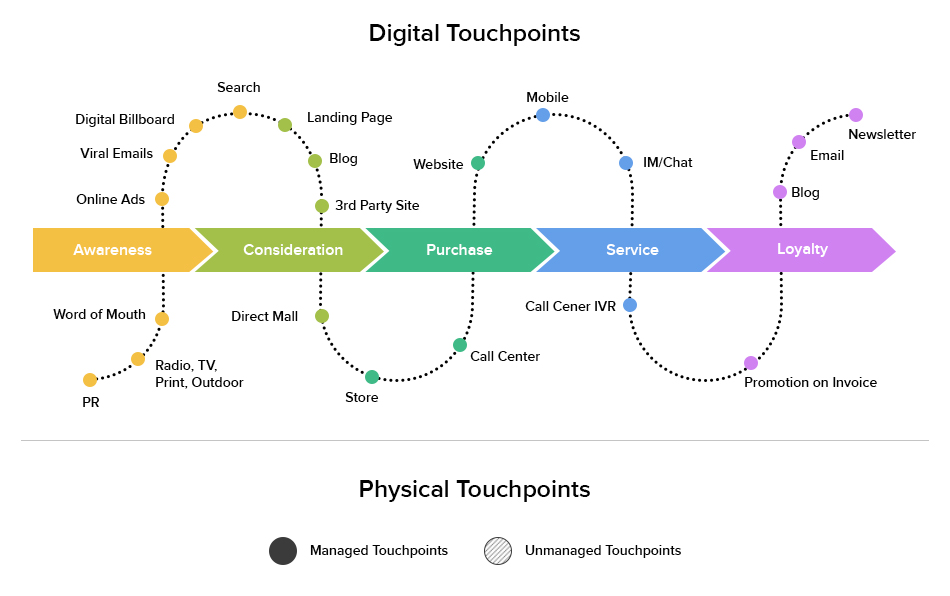Let’s call the marketing before social media and Web 2.0 “traditional” marketing. Afterwards, there is this new digital marketing. The differences between the two are obvious, but hard to tell because of two reasons.
Hard to tell the differences
There may be no difference at all, primarily because of the strong inclusive and dependent relationships between the two. Digital marketing is a component of traditional marketing. It still uses the same systems, process, and strategies. Digital marketers use traditional marketing methods, such as segmentation, targeting, and positioning, to enable their practices. The new digital capabilities have not yet demonstrated their power to disrupt this profession.
Another factor complicates the differentiation. Marketing is becoming digital. The traditional practices are moving towards technology and digital platforms. Today a marketer inevitably thinks of digital marketing to kick off any campaign planning. Consumers feel the existence of brands more via digital channels than by physical connections. If digital marketing is taking over the whole marketing, what is the point to tell the differences?
The touchpoints
Trying to differentiate digital and traditional marketing by examining their mutual relationships leads to nowhere. But looking at their relationships with consumers instantly provides a solution. The solution lies in the consumer touchpoints that both digital and traditional marketing have to work on.
The consumer touchpoint is a cornerstone concept for understanding digital marketing. Scott Brinker, who produces the Chief Marketing Technologist Blog argues that touchpoints make this new marketing different.
In short, consumer touchpoints are where consumers and brands make contact with each other. Both sides could and would initiate the contacts, but businesses are generally more proactive.
There used to be mostly physical touchpoints. The traditional marketing mastered the skills to create and manage them. Stores and shops are prominent examples of such. McDonald’s restaurants counted customer footfalls as their most important performance indicators. But in the digital age, they have many more to number.
A picture is worth a thousand words
A search for “consumer touchpoints” online always lead to the featured image of above in various versions. This one is from Orderhive. It showcases the consumer touchpoints along the five-step buying process. Above the buying process bar in the centre of the picture are the touchpoints that digital marketing manages. Below the bar are the traditional yet still essential physical touchpoints.
This image shows the fundamental difference between digital and traditional marketing. That is the digital technology has created numerous new touchpoints for brands to engage with consumers.
Digital touchpoints are significant firstly they outnumber the physical ones. In this infographic by ratio of 13:8. The proportion in the reality can be even more skewed as marketers are upgrading traditional physical touchpoints such as direct mail and call centres into digital types.
The second significance of the increased number of touchpoints is the extended customer journey with brands. For example, Clicademy recently added an email newsletter service as an additional touchpoint with our users. Such extensions provide more opportunities for customer engagements and consumer experience enhancement, provided that marketers do the right things.
The third and most important significance of having more touchpoints is the possibilities for greater customer lifetime value (CLV), which is the revenues a customer may contribute during the period of relationships with brands. Digital touchpoints such as websites all aim at becoming the conversion points to transform prospect consumers into paying customers.
Busier marketers
This differentiation of marketing by consumer touchpoints relates to all marketers because there is simply more work to do. The new touchpoints are compelling reasons for marketers to make critical decisions on each of them. In addition, they need to constantly consider making more difficult choices of whether to keep or upgrade the traditional ones. Closures of high street shop fronts are not only due to dire financial ramifications but the responses to consumer’s choices of and preferences to digital touchpoints.
